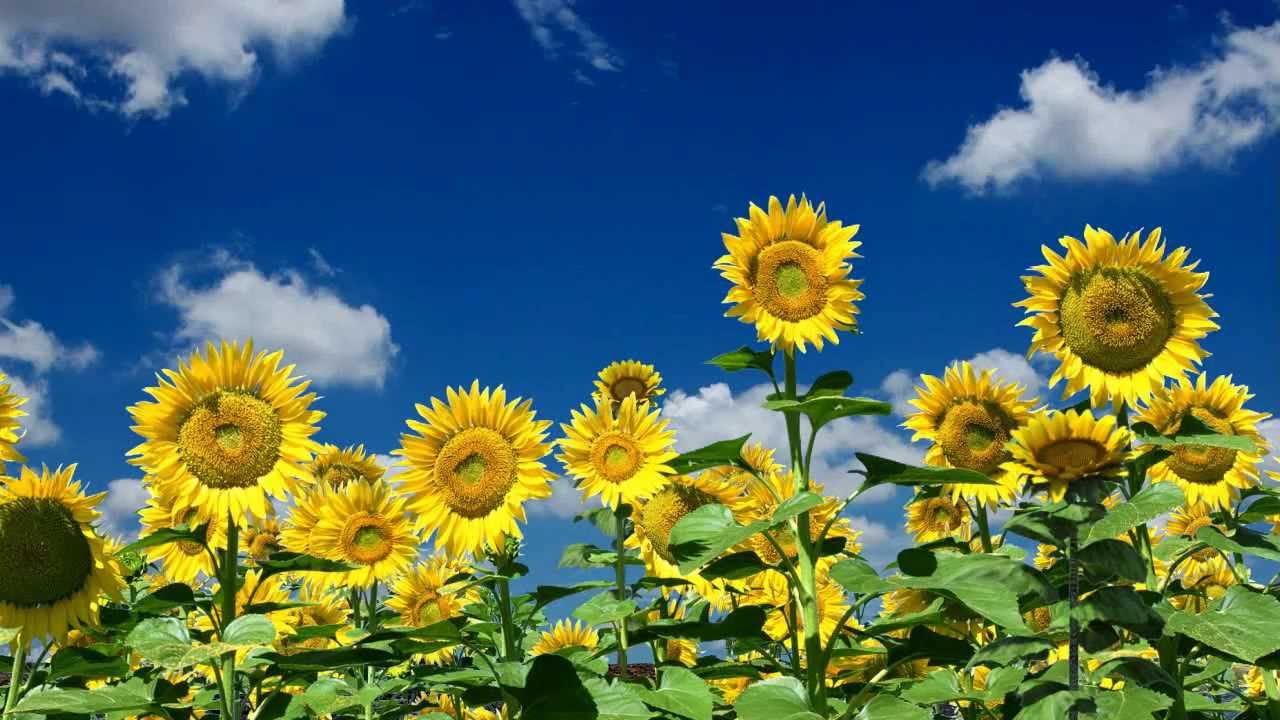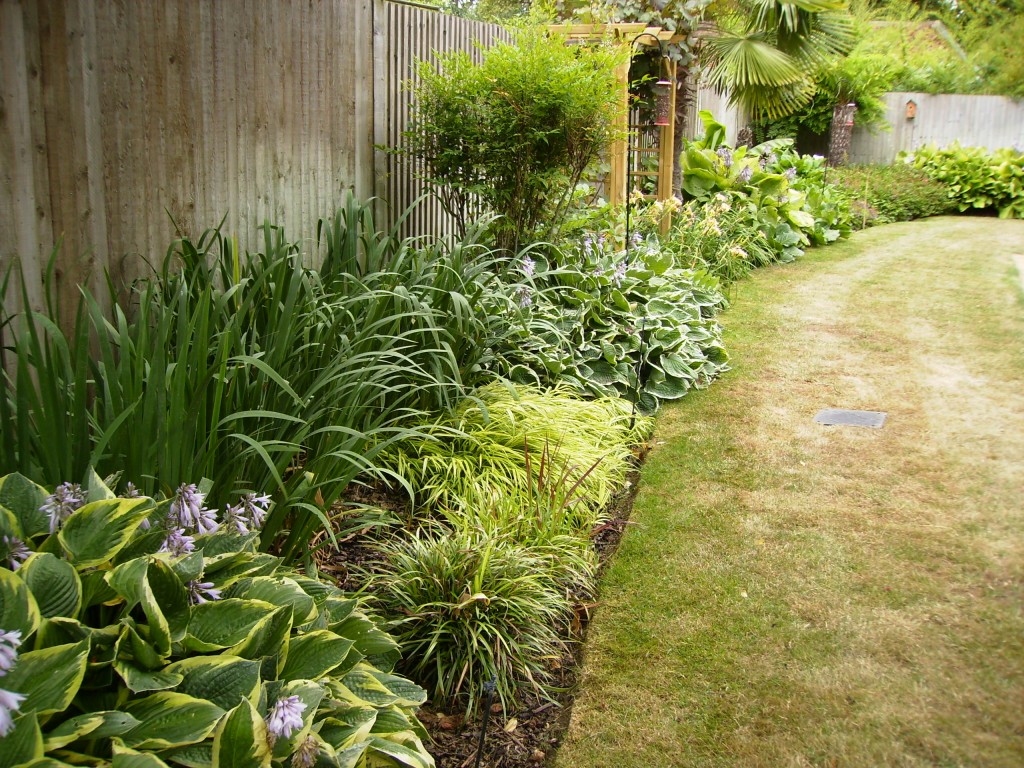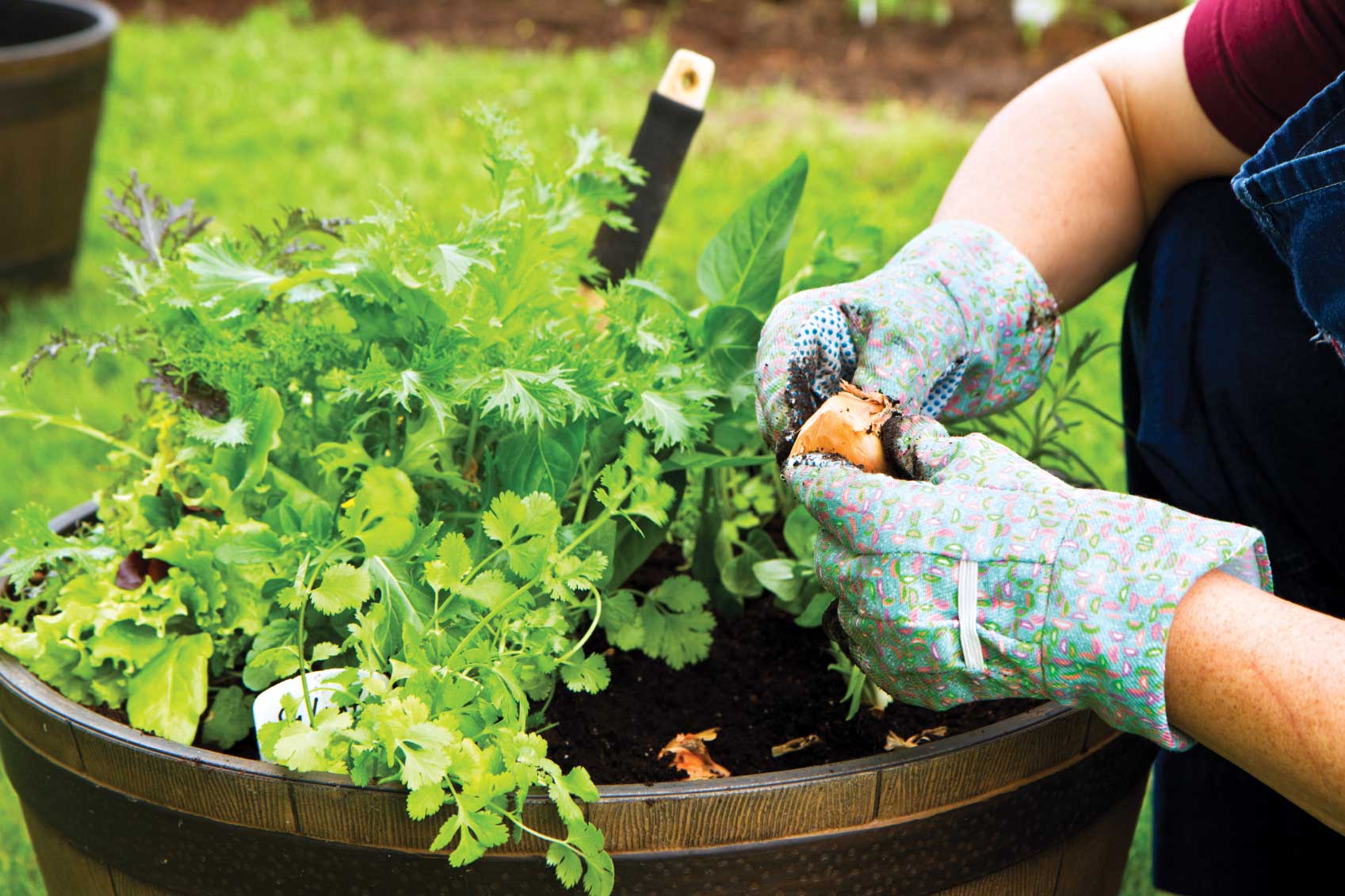Article Written by: California Mailboxes
If you want to have flowers in your garden, but don’t know what kind of flowers to plant, here are five easy to grow flowering plants and seeds for beginners.
Sunflowers – Sunflower seeds can be planted straight into the ground, and they bloom within a few months. Apart from being easy to grow, these plants look spectacular.
Sweet Peas – These plants look beautiful and smell delicious. Sweet peas can be difficult to sow in seed form. Therefore look for sweet pea plug plants at your local gardening store. Plant them near a fence that gets plenty of sunlight, and you will see them flourish.
Nigella – Nigellas are easy to grow and just require you to scatter the seeds on bare soil, and within months they will bare jewel-like
Aquilegia – For the best results plant Aquilegia in small pots and then transplant them into the ground. Once the plants grow, they will make new plants and spread quickly. They grow best in sun or semi shade and come in a variety of colors.
Californian poppy – For those who don’t have the time to water their plants, California poppy is a good option. These plants thrive in dry soil and sun. They can be scattered and left to their own devices. They will set seed each year and bloom in summer.


